At the end of June in 2023, we presented the project achievements to students parents, and the general public. Bookmarks, that were made by our students during the Erasmus+ project, were given as a gift to all visitors.


At the end of June in 2023, we presented the project achievements to students parents, and the general public. Bookmarks, that were made by our students during the Erasmus+ project, were given as a gift to all visitors.

During the implementation of our project, we try to involve as many students as possible through various school activities. So we decided to invite the school children’s choir to perform the task of a multilingual music album.
First, students had to decide on a Slovenian folk song to sing. Then we asked individual students who speak English perfectly to translate the song into English.
The young singers spent quite some time preparing for the recording of the song under the direction of choir director Petra Efremov.
Our youngest students, first-graders, who are aged only 6-7 years, illustrated each stanza during their art lessons.
We prepared a video with the lyrics of the Slovenian folk song “Petelinček je na goro šel” and its English translation (A rooster on a mountain went).
Here is the link to the video:
The Slovenian team is in charge of preparing a music album, on which all the songs prepared by individual countries will be collected.
One of the tasks of the Erasmus+ project “Our Cultures – Our Treasures” was to teach students from other countries to dance a folk dance. Our young folklorists chose the dance rašpla and, in cooperation with individual students from the 2nd, 3rd, 5th, 6th and 7th grades, prepared English instructions for this dance.
The students who took part in the mobility to Portugal have already presented the dance and taught the participating students from foreign countries how to dance it. At that time we came to an interesting discovery. Our friends from Portugal informed us that they also know a very similar dance, which even has a similar name.
With the video, we wanted to show that we care about our culture, that we respect and appreciate it. The school folklorists, however, are trying to keep the tradition alive through dancing and singing.
You can watch the video at the link below:
Due to the Corona situation, we asked the National Agency of Slovenia – CMEPIUS – for a one-year extension of the project. More time is an opportunity for additional tasks.
During the mobility to Slovenia in October 2021, teachers decided on new tasks and one of them was named “Cook my food”.
Each school was responsible for its part of the lunch – Slovenia had to prepare a salad and a dessert. We recorded video instructions on how to prepare these two dishes. The activity was carried out by students of the 6th grade during the home economics class.
You can see the video here:
Although the preparation of the dessert was not easy to do, we were not afraid of the challenge. We invited our school chef to participate. He was glad about the invitation and he taught the students some cooking tricks. The fact that the chef also participates in cooking classes filled the students with enthusiasm.
We recorded video instructions. You can see them here:
This time’s challenge sent us to the field of fine arts. In September, a group of students attending the Art Design course saw an exhibition of artworks and creations by a contemporary artist.
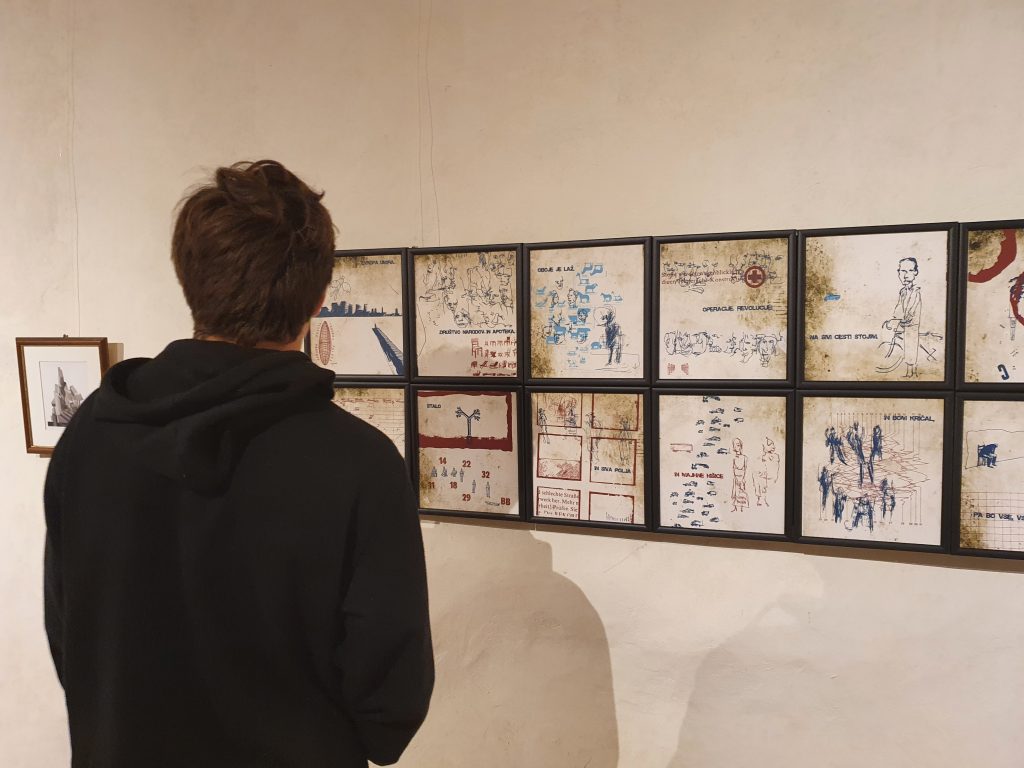
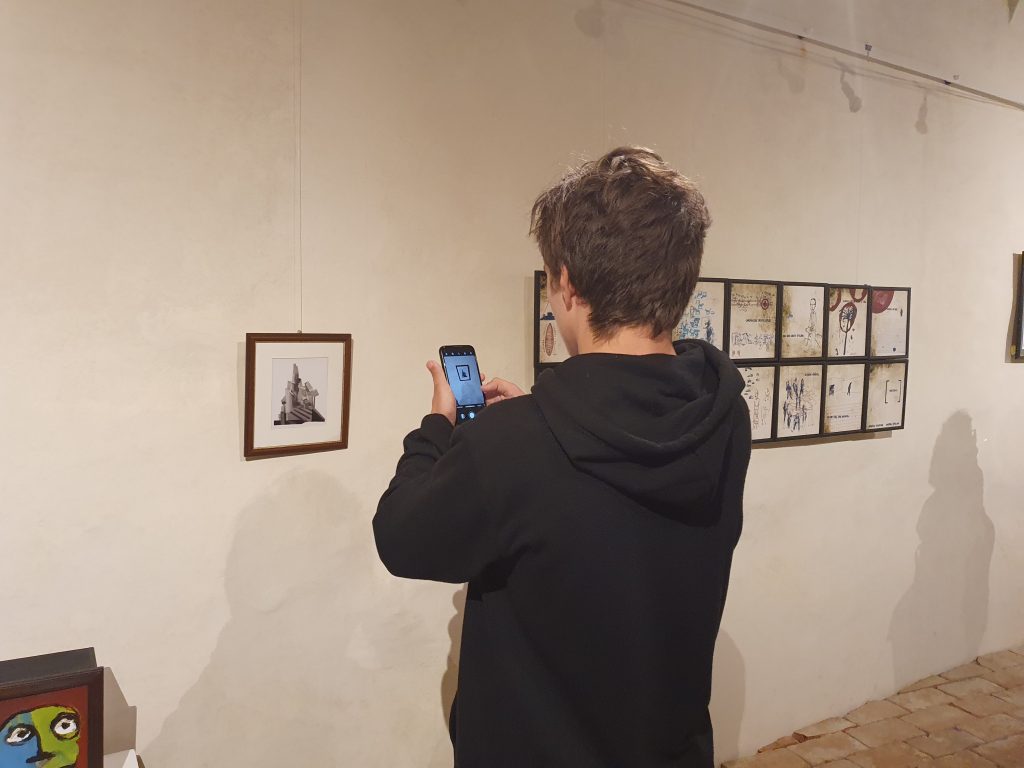
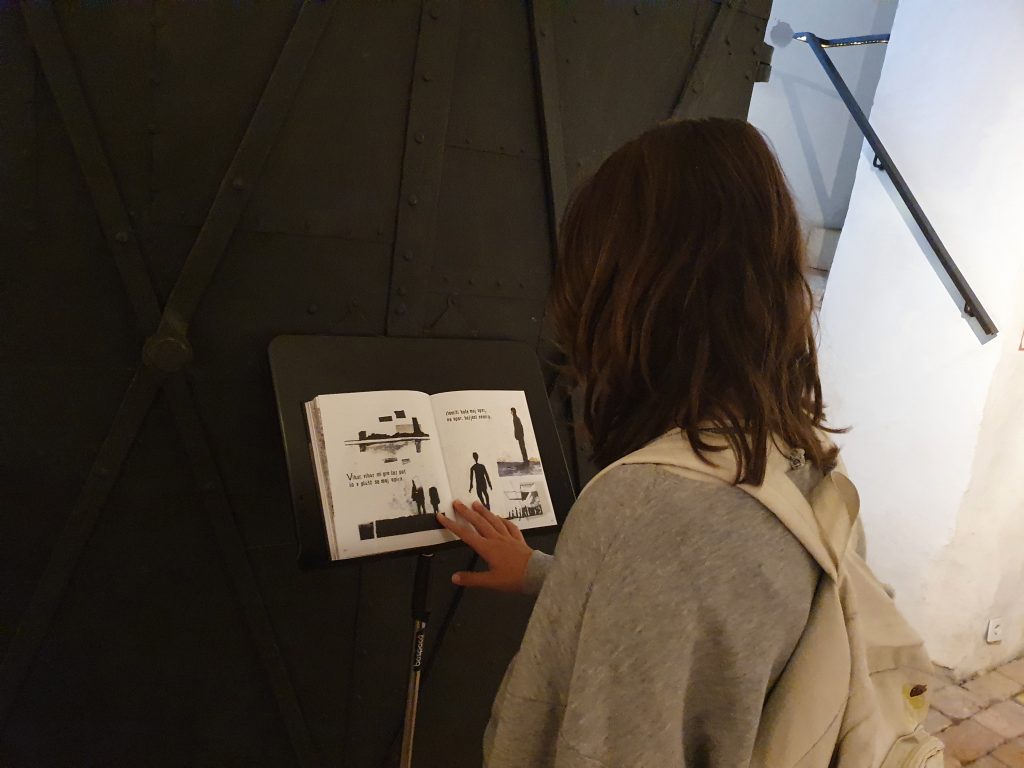
The students had the opportunity to meet the artist Andrej Štular and, under his guidance, see an exhibition of his works published in the book Srečko Kosovel & Andrej Štular: Sharp rhythm. During the exhibition, they looked for his works that they liked and would like to recreate later.

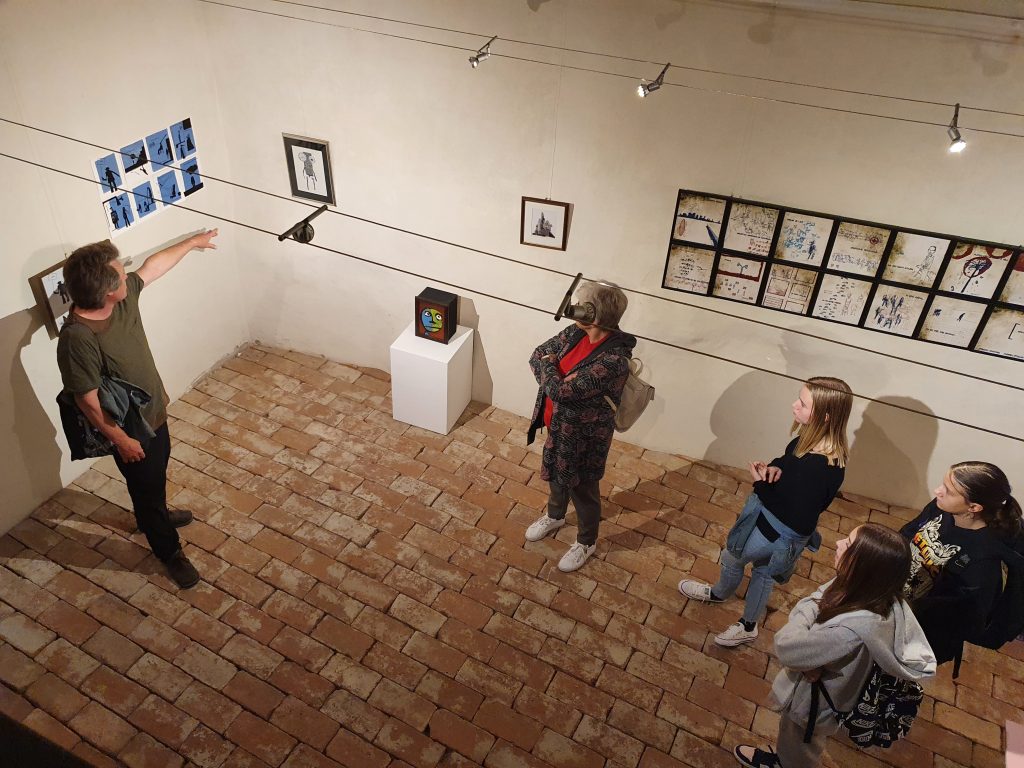
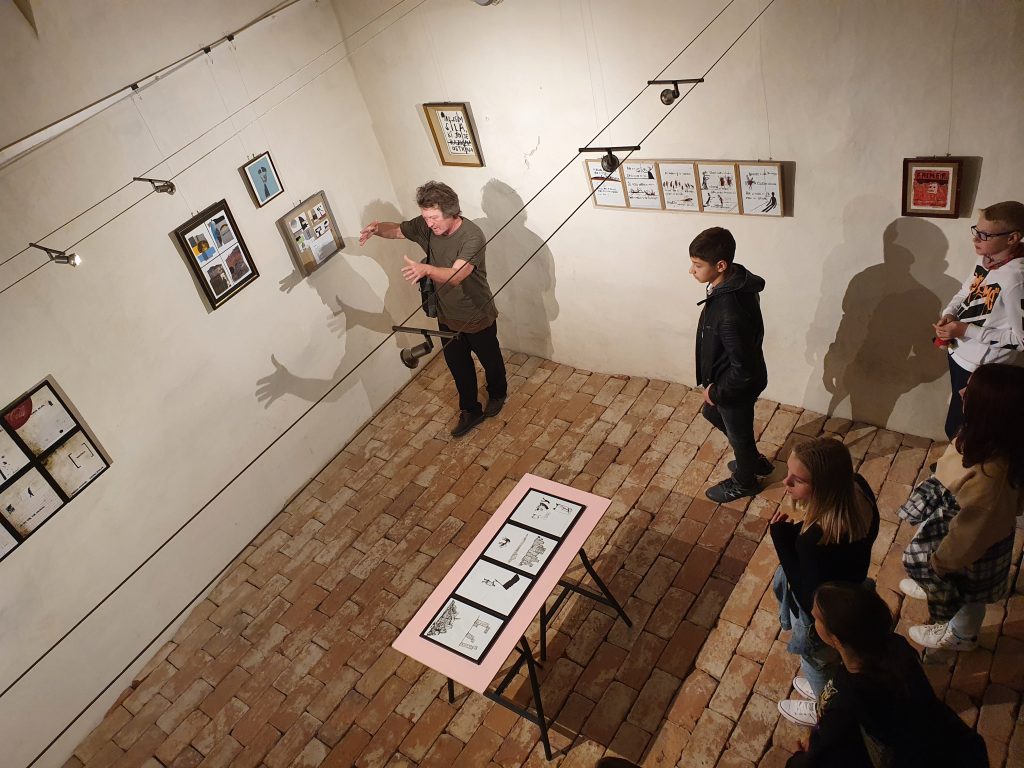
We continued to explore artworks at school as well. Students of the “Art design” and “RAP eTwinning” courses visited the websites of the two largest art galleries in Slovenia: the National Gallery in Ljubljana and the Art Gallery in Maribor.
By searching the websites, they selected some artworks by our very important artists:
– Ivana Kobilca (The Coffee Drinker and The Girl in the Red Jacket)
– Ivan Kos (Girl with an Orange)
– Anton Nowak (Portrait of a Girl)
– Andrej Štular (Work from the book Sharp rhythms)
The students had to recreate the works of their choice in order to get as close as possible to the original. This activity included a lot of laughter and fun. Here are some of the most interesting pieces:

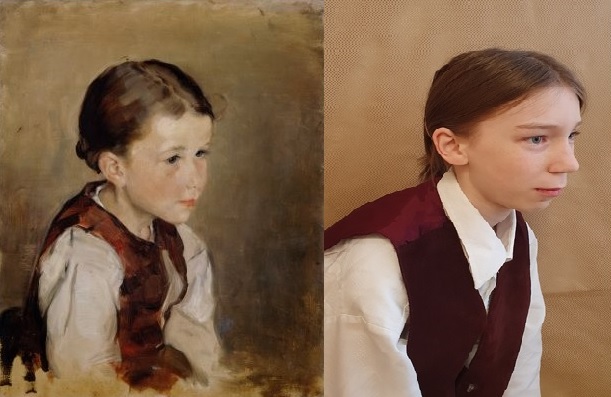
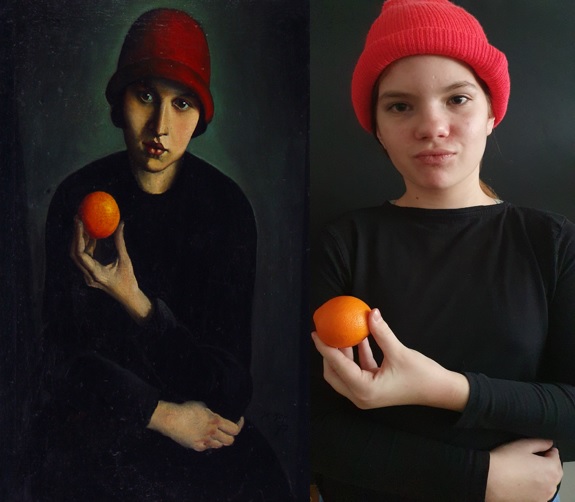
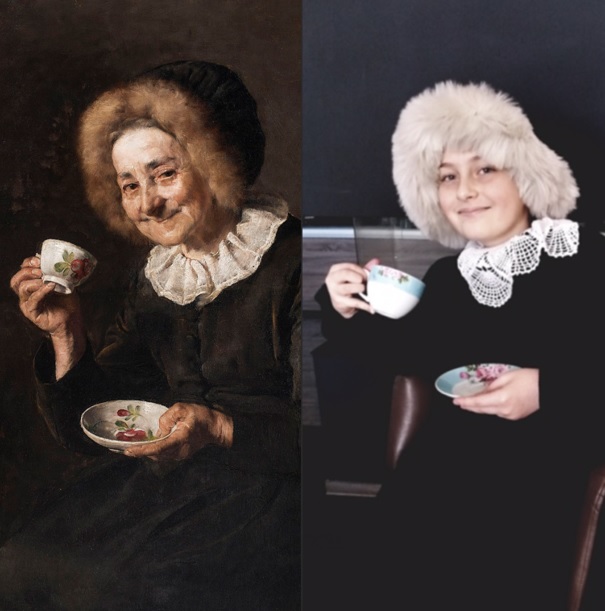

In the end, the Slovenian team also prepared a virtual exhibition of photos of the recreation of works of art from all the schools participating in our Erasmus+ project.
To see the exhibition, click on the link bellow:
After the last mobility to Spain, a new task awaited the students: researching architectural landmarks in Slovenia.
We divided the task into three parts: the older students researched the architecture of the capital city, while the younger students explored the architecture of Rače. Together, they also explored the architecture of Maribor, the second-largest Slovenian city and the capital of the Styria region.

On the 21st of November in 2022, older students visited Ljubljana, where they toured the buildings in our capital under the expert guidance organized by TIC Ljubljana. They learned about the history of Ljubljana, its legends, and its architectural appearance.
The tour started at the Union Hotel. In the video, the two students explain in English why the hotel was important at that time.
The students walked along the Triple bridge, which is on the UNESCO cultural heritage list. The guide explained that the triple bridge in its current form is the work of the architect Plečnik.
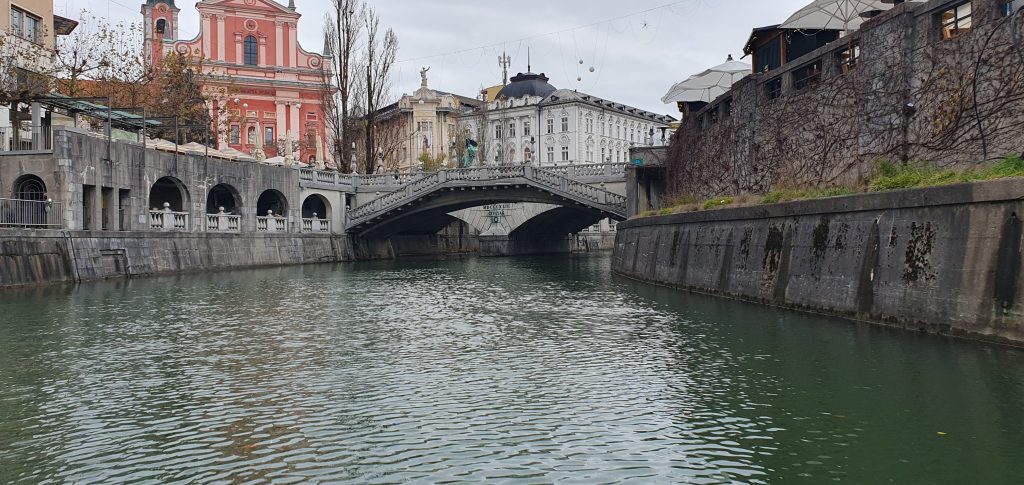
We have heard a lot about the architect, who had a significant influence on Ljubljana’s architecture. We saw quite a few buildings that were created under his leadership and planning. The National University Library was the most interesting for the students. They made a short video about its architecture.
Churches are an important part of every city. In the very center of Ljubljana, we visited two: the Church of the Annunciation on Prešeren square and the cathedral – St. Nicholas.
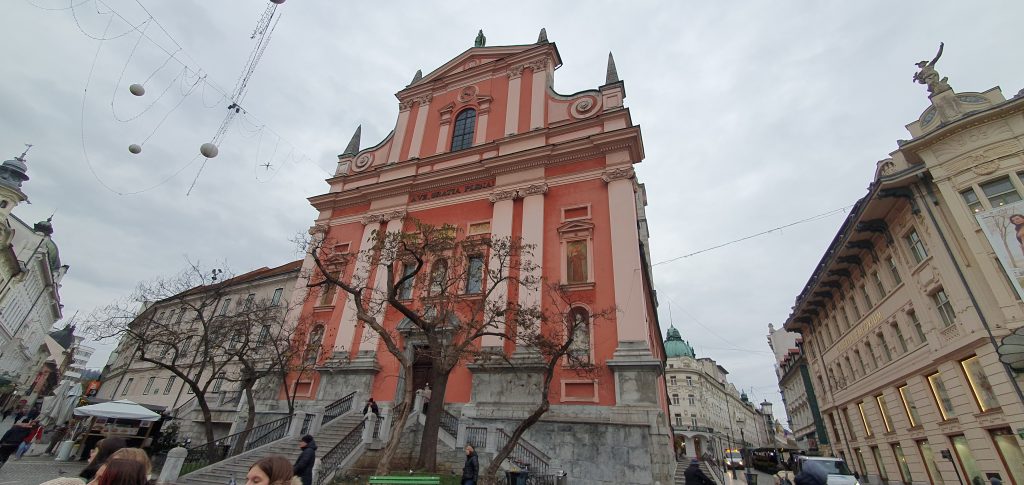
Near the cathedral is the Town Hall or Rotovž in which the Municipality of Ljubljana is located. In front of the house is Robb’s well. It was supposed to represent the three rivers of Krajnska: Ljubljanica, Krka, and Sava.
After visiting the Town Hall, we went on a boat ride on the Ljubljanica river. We noticed that there are quite a few bridges in the city itself. Very interesting was the new Butcher’s bridge, or Ljubljana’s Bridge of love. The lovers put locks on it and throw the keys into the river. That way, their love should last forever.

The second part of the assignment was completed in Maribor. It was done by almost all the pupils who attend eTwinning. It was quite a colorful group of students aged from 9 – 13 years. Since the Maribor Art Gallery recently opened an exhibition of the architectural work of the architect Saša Dev, who greatly influenced the development of the city’s architecture, we decided to visit it.

The curator introduced us to the profession of an architect, and to the life of Saša Dev. We have seen his building plans.
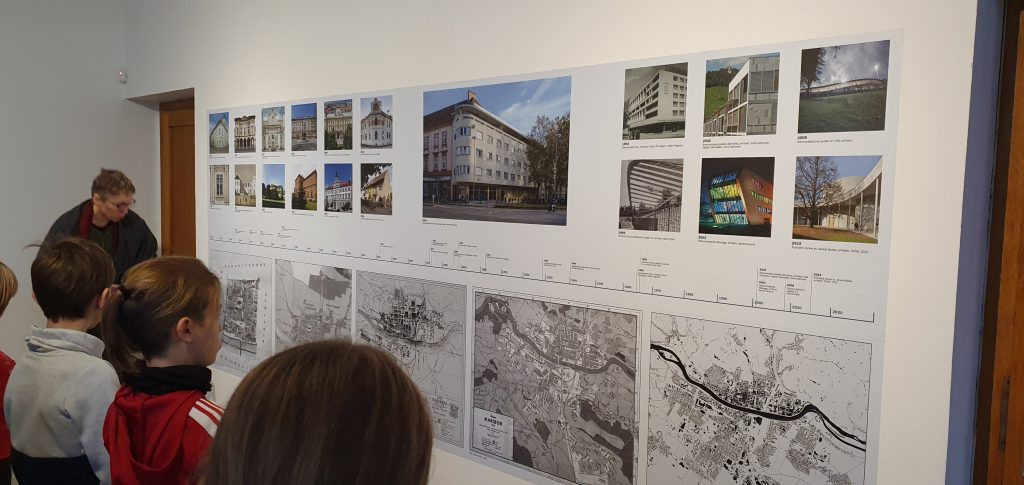
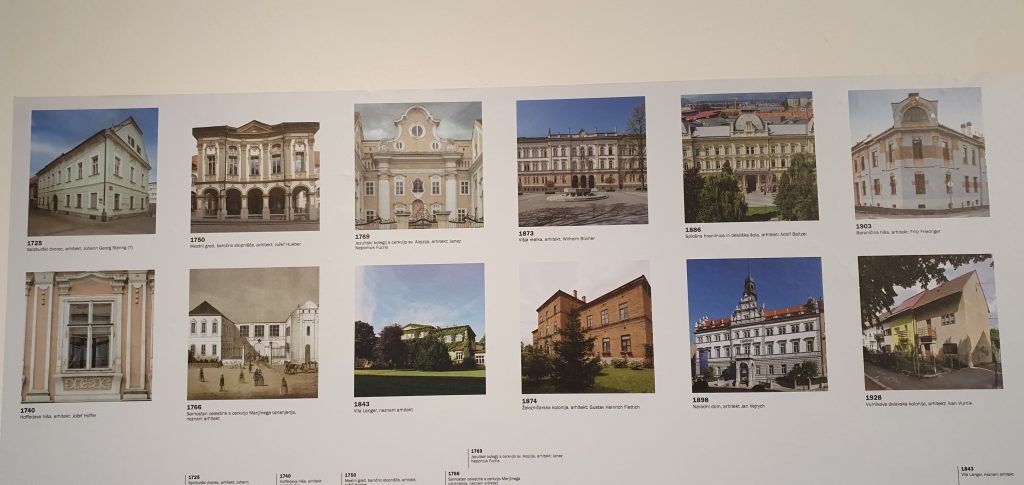


After the exhibition, we went around the city with the curator. First, we stopped at the former bank, which was the first building in Maribor made of concrete and steel.
Architect Saša Dev also designed Hutter’s block of flats and the medical center. Near the Hutter block is the city hall, a beautiful building with a neo-baroque facade.
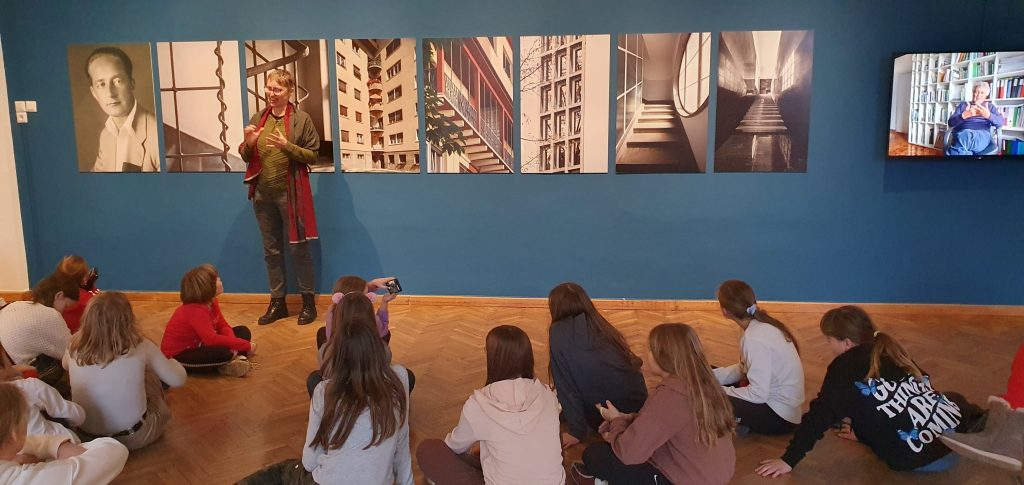
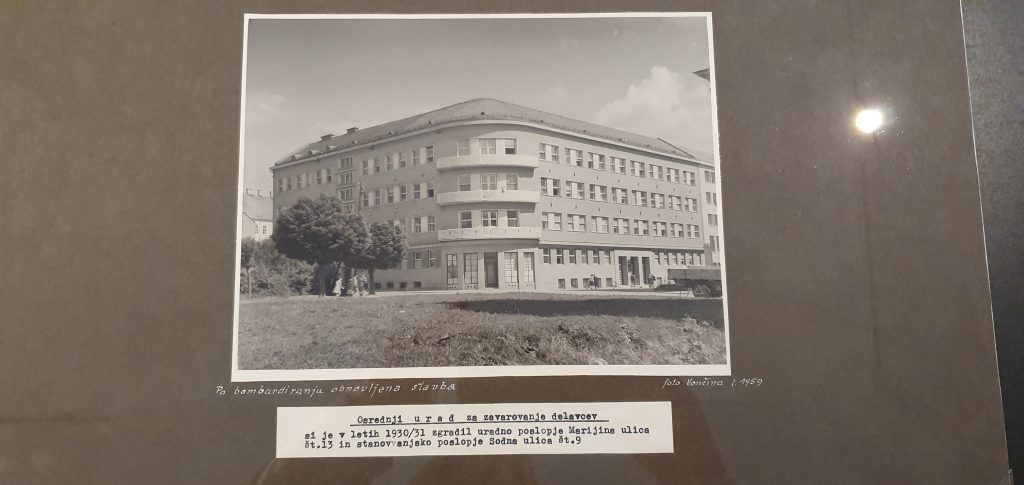

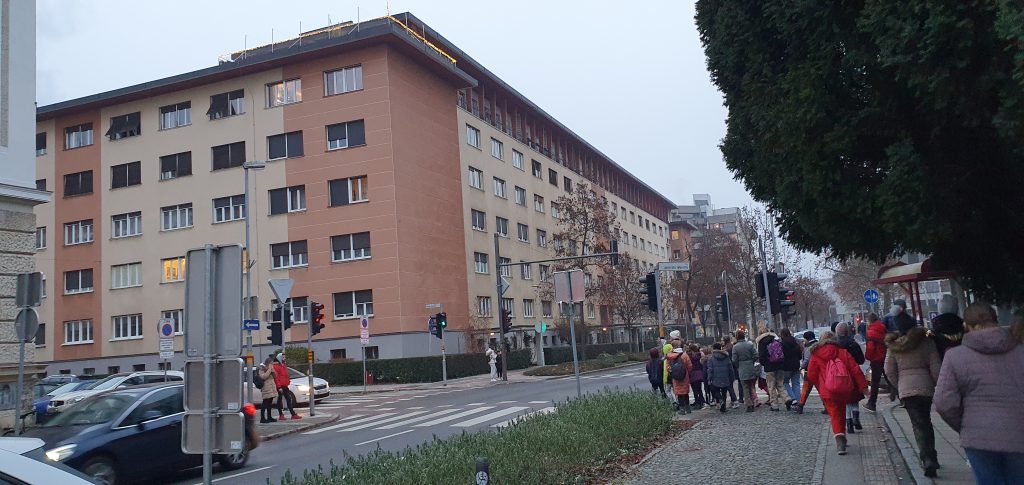
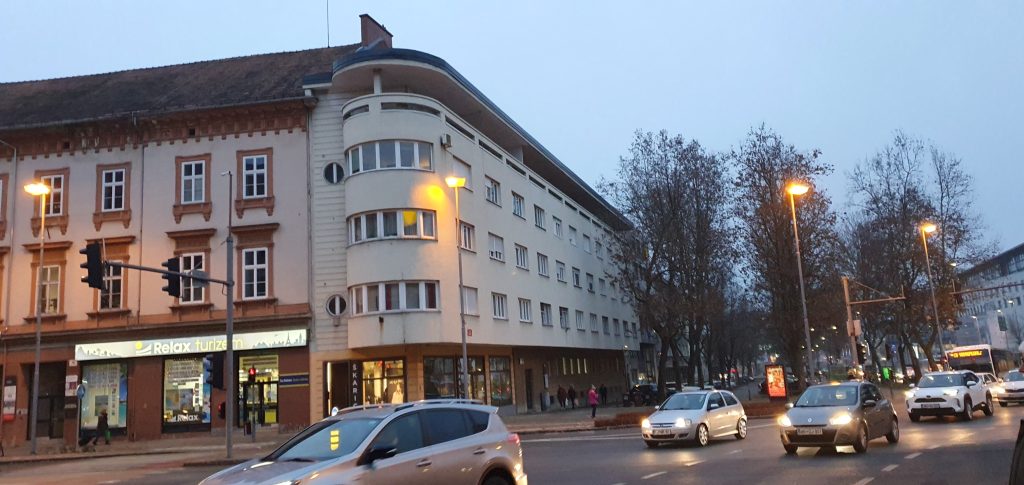
The Maribor castle is one of the most remarkable architectonic monuments of the city. It boasts with several constructional and style periods and was built by Emperor Friderik III between the years 1478 and 1483 for the purpose of fortifying the northeastern part of the town wall.
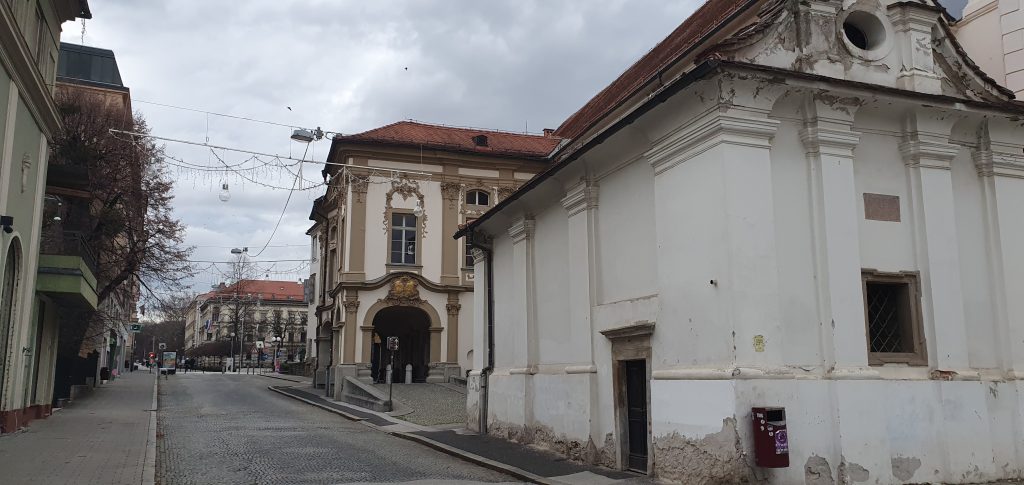
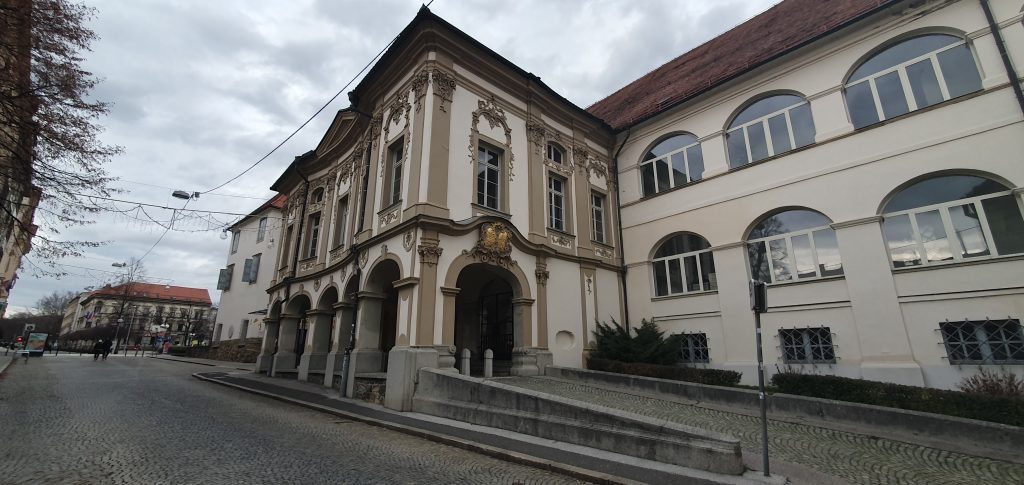

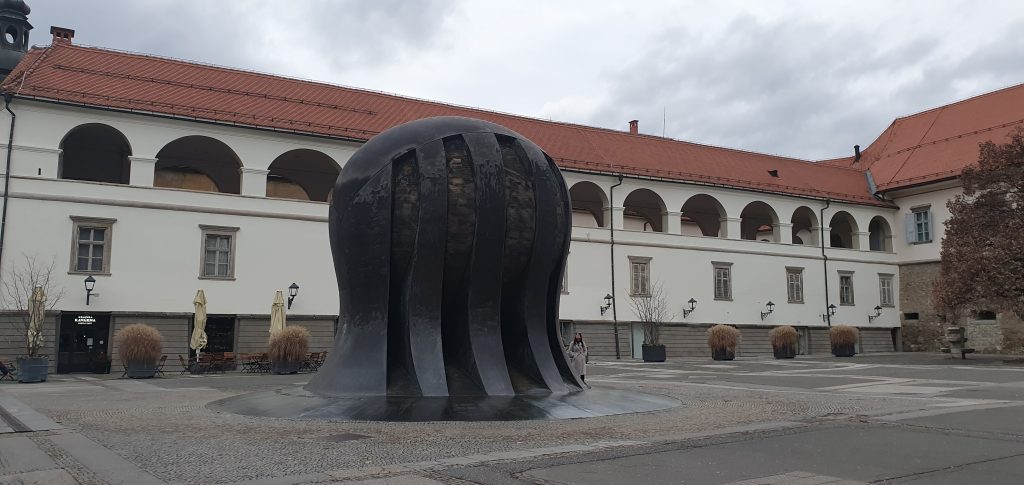

The Franciscan church and its monastery is standing next to important streets in the center of town. This “reddish” church is very interesting with its two towers and exterior appearance. We had the opportunity to see the Cathedral Church, which is also remarkable but looks completely different from the Franciscan church.
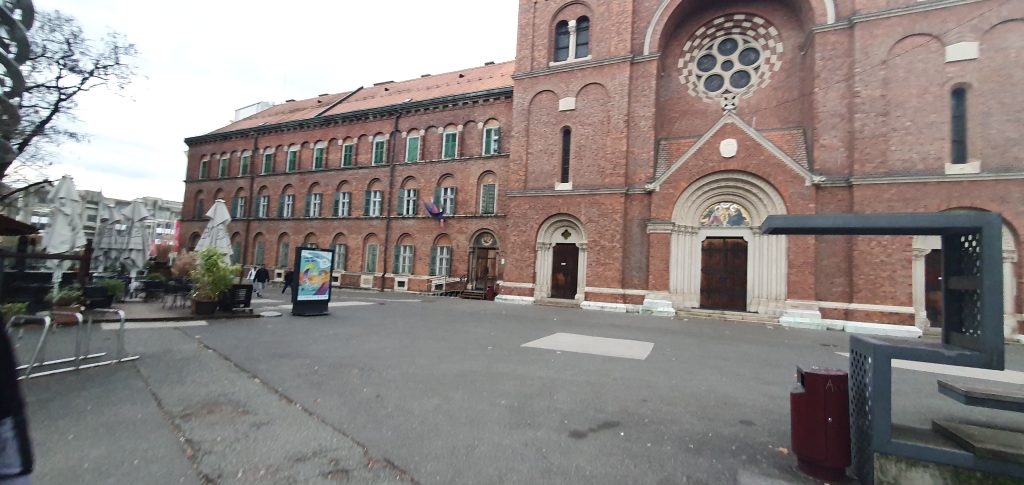
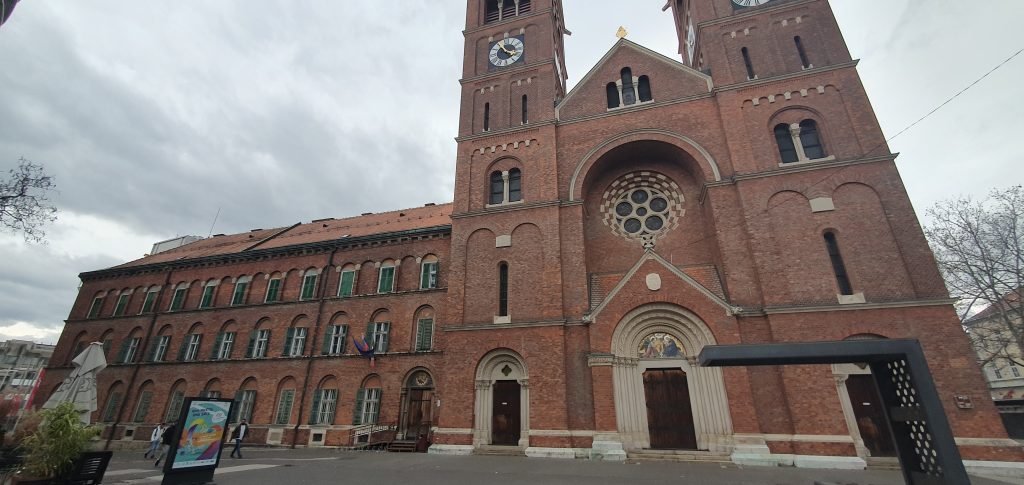
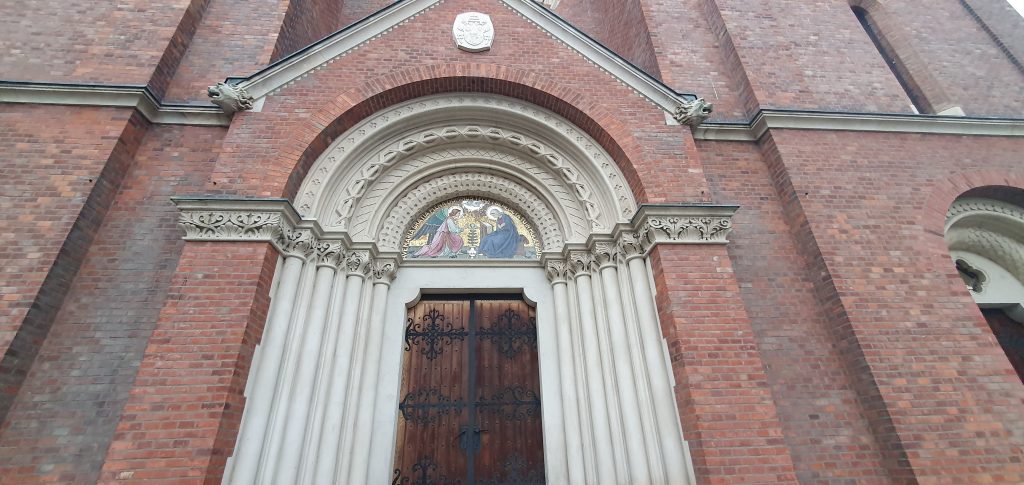
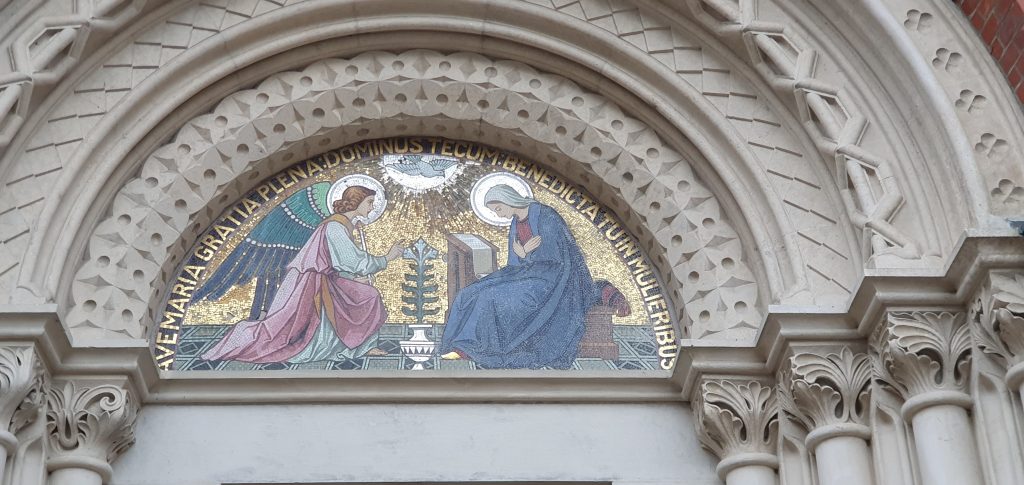
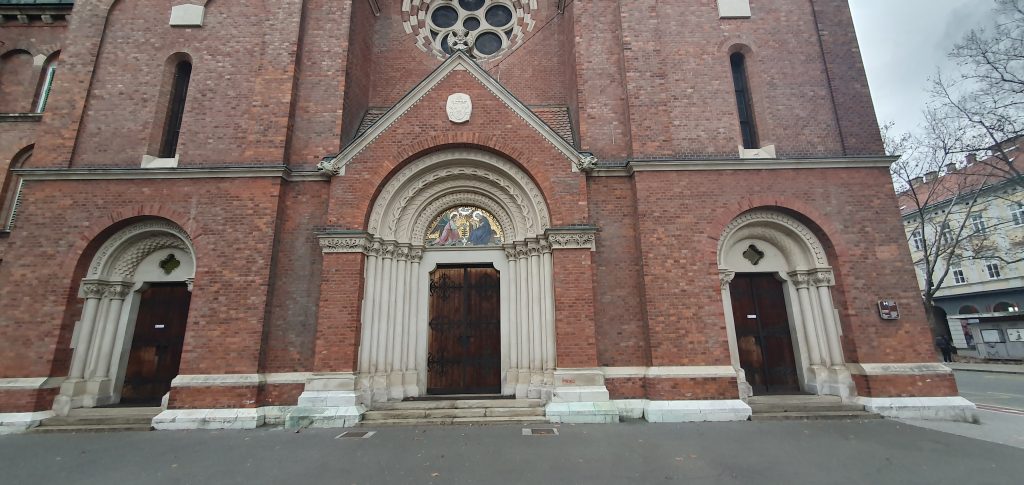
On the Main Square, we went to the Plague sign – a monument commemorating the plague. The plague broke out in Maribor for the first time in the 17th century. Approximately one-third of the inhabitants died and the Plague Column was built in 1681 when this terrible disease was over.

Bridges are also an important part of Maribor architecture. There are six of them across the Drava River, and the seventh is currently being built.
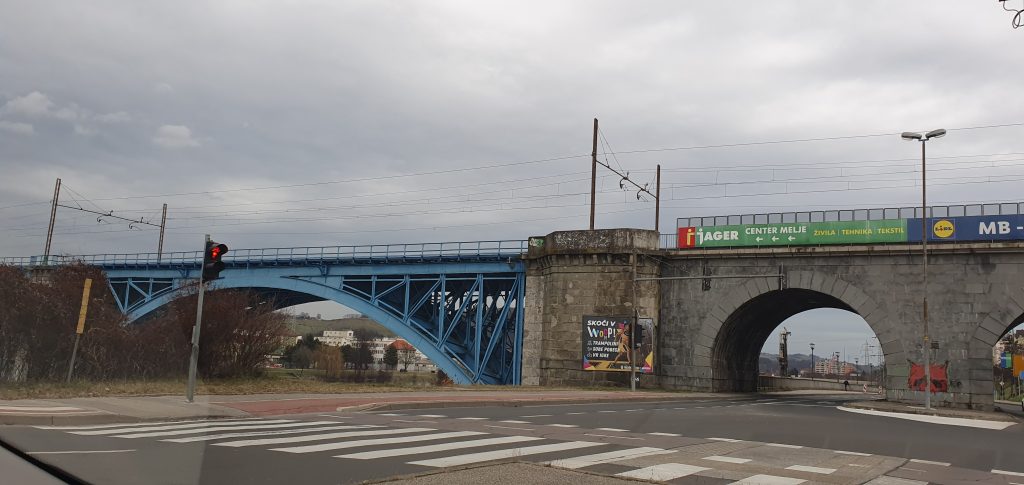
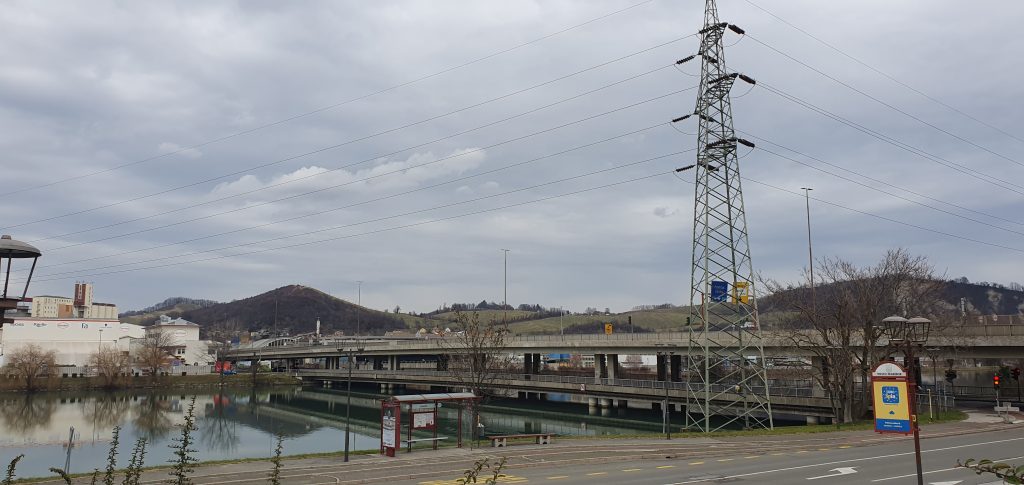

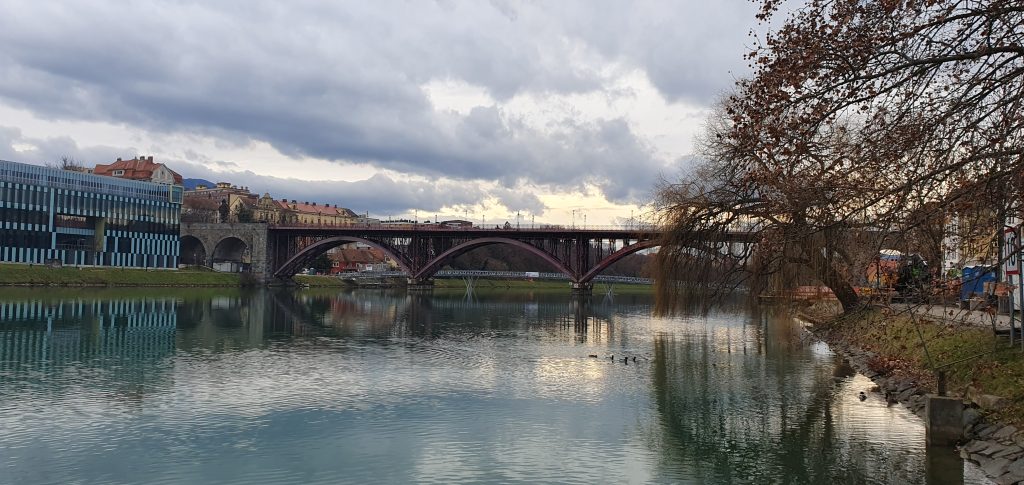


Shortly after the new year, the younger students of the eTwinning group went to see the architecture of our town Rače.
In Rače there is a beautiful castle, which is the pride of our place. It has two round turrets and is particularly interesting because of its key shape. Then we went to the church. The church is relatively young, as the original building was built only in 1967.

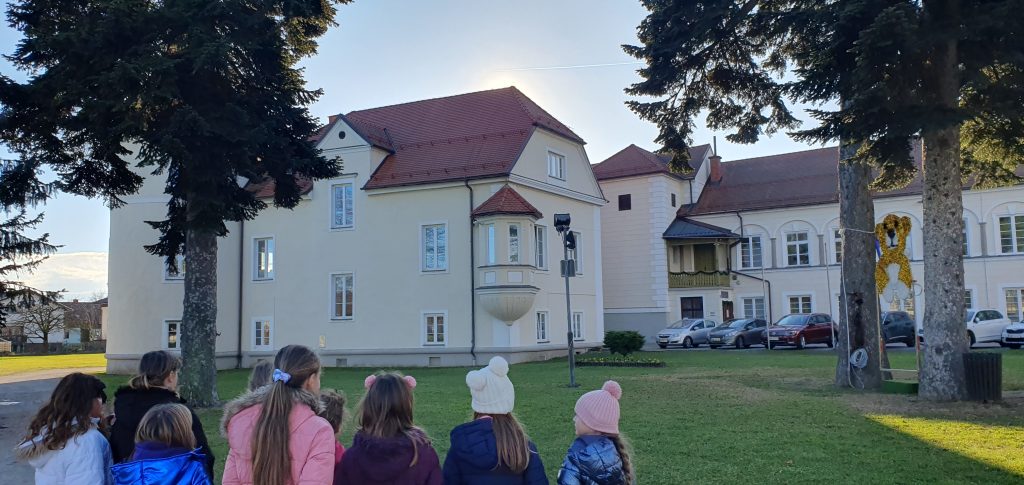
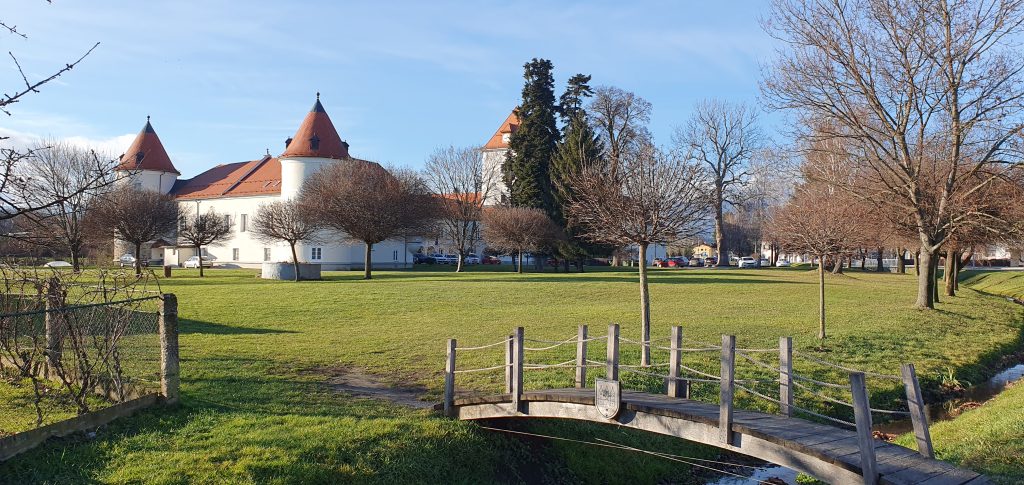

After visiting those three cities students tried to edit a joint document in order to prepare a PPT on Slovenian architecture. They came to the conclusion that the architecture of individual places differs from each other. On the other hand, they could still find many similarities according to the period in which each building was built.
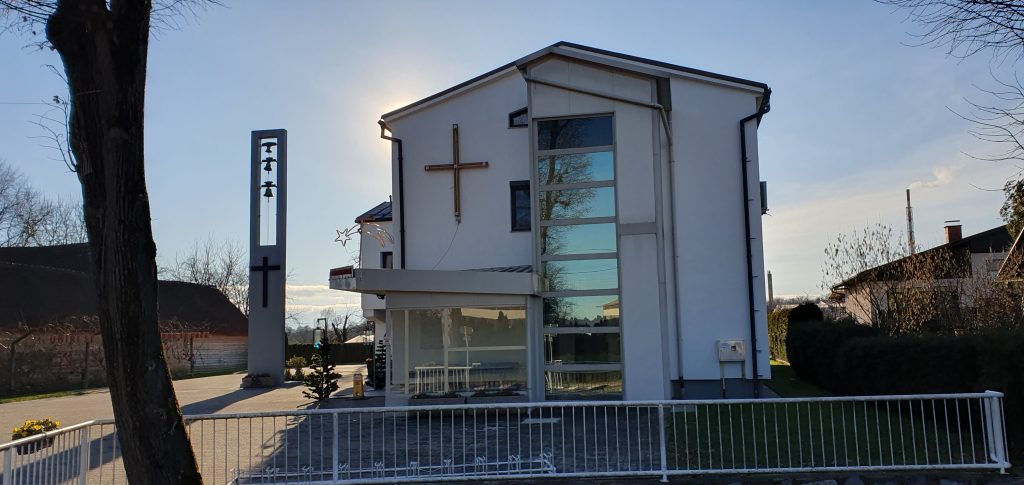


At the school, we prepared an exhibition of all the architectural symbols that we received from all the Erasmus+ partner’ schools.
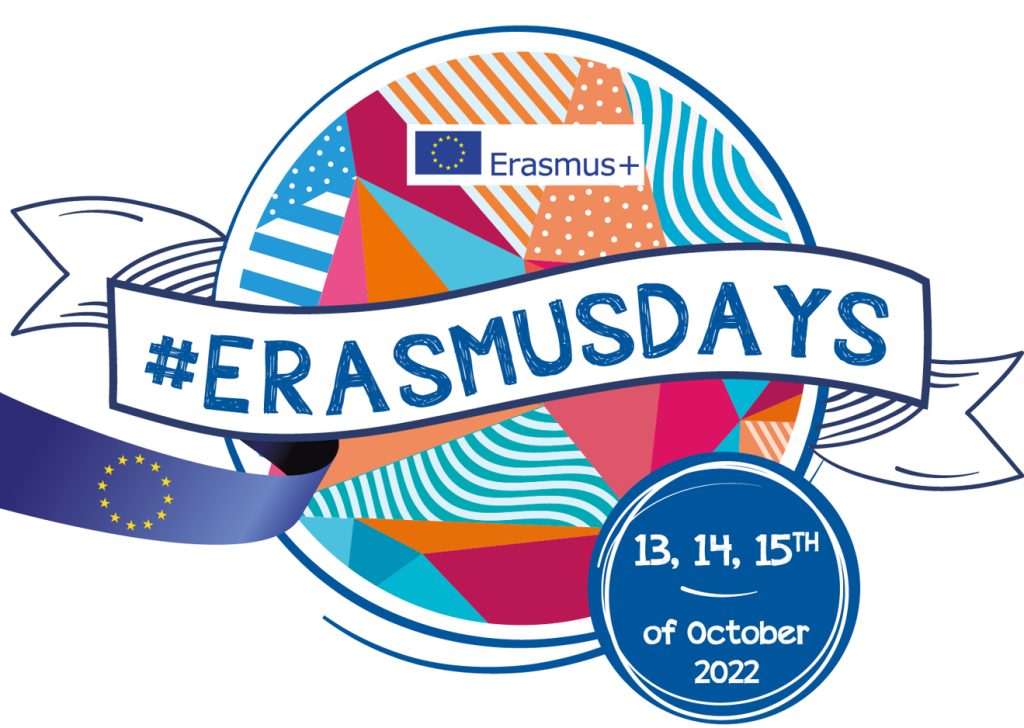
The Erasmus+ team of the “Our Cultures – Our Treasures” project has joined the Erasmus+ Days 2022 campaign.
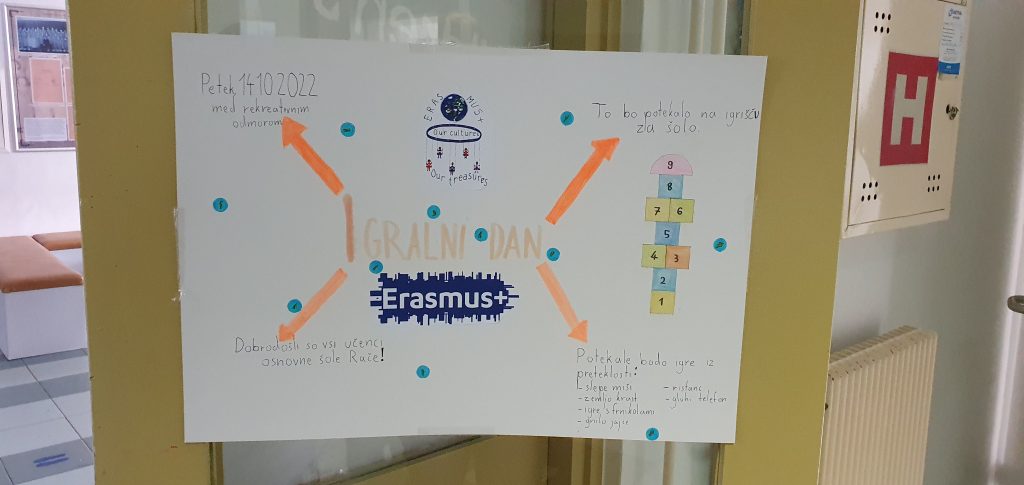
The students prepared activities and made posters to inform others about the task. They made a video with instructions for the game Blind mice.
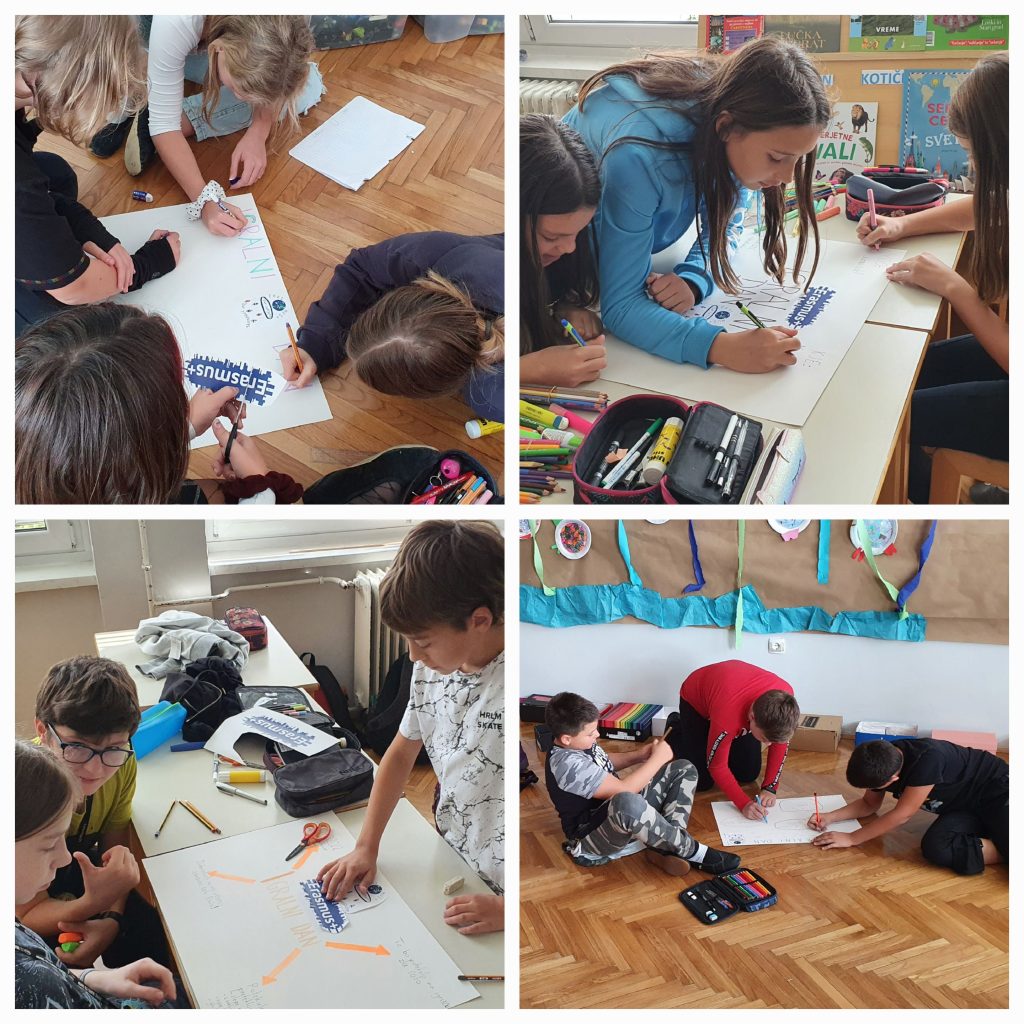
On 14th of October 2022 students and also teachers of our school played games from the past. There was a lot of laughter, and our youngest students were especially happy, as they had the opportunity to socialize with the older ones.
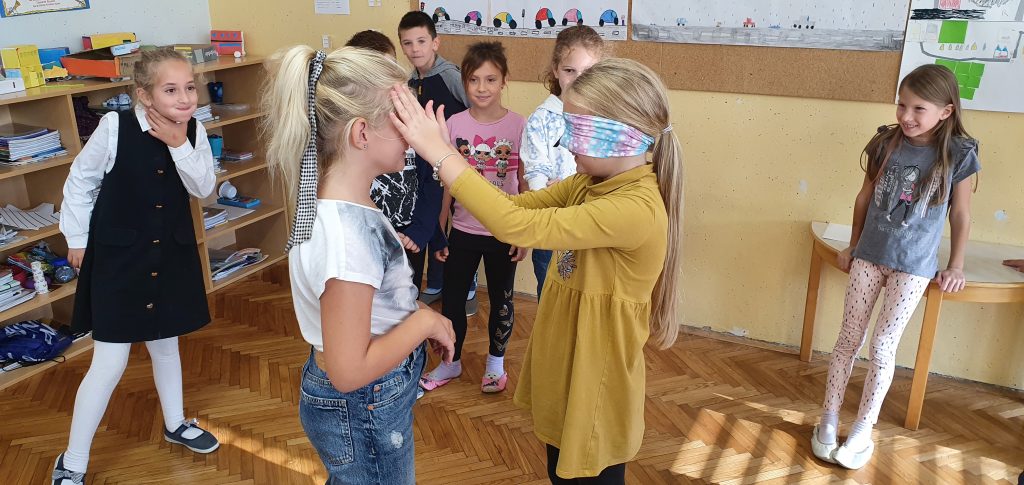
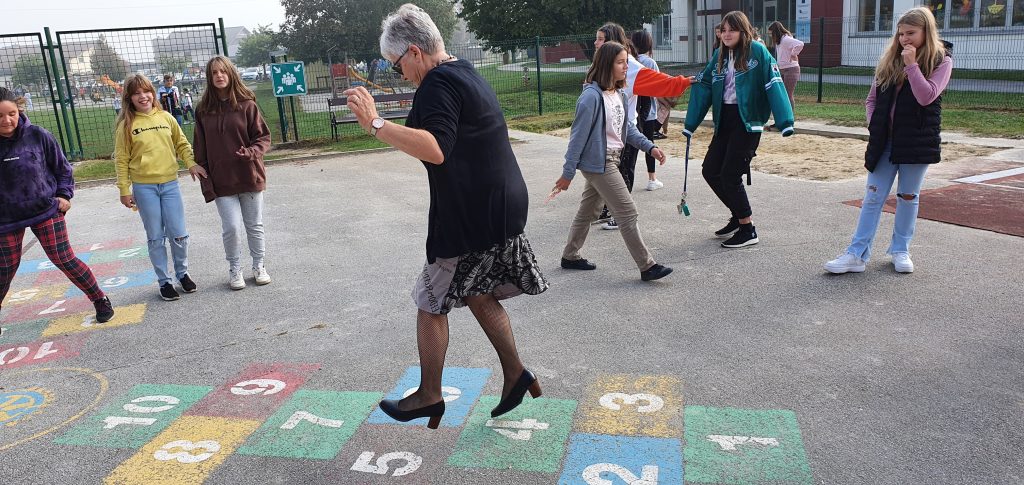
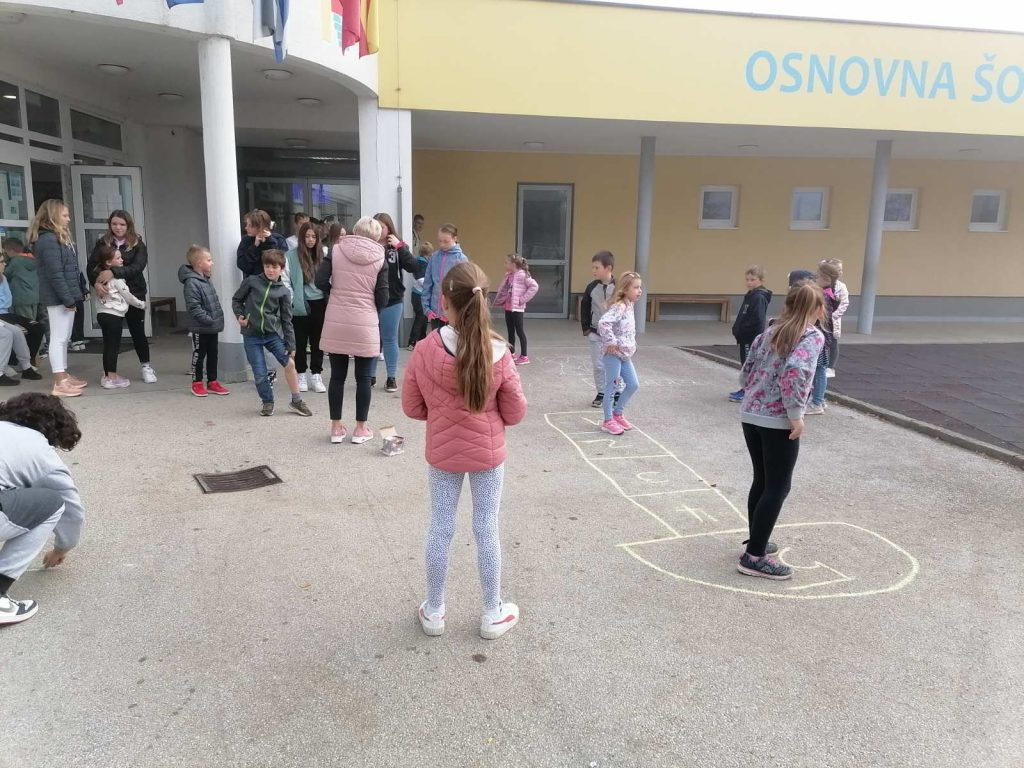
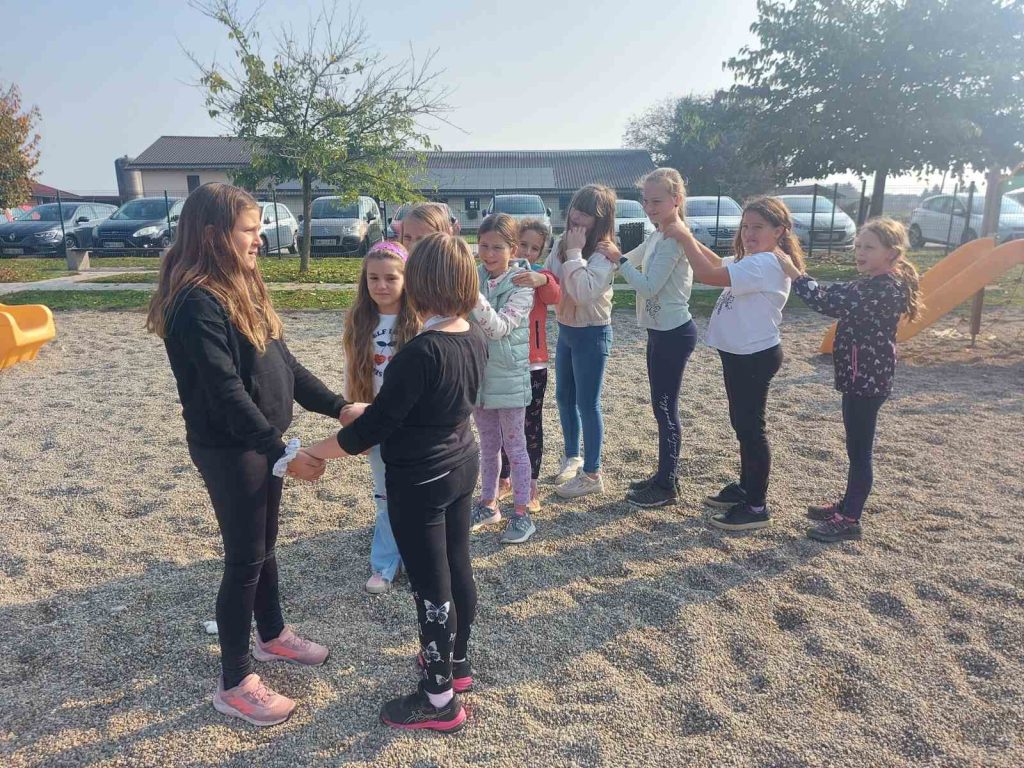
In May 2021, as soon as the seventh-graders were able to return to school after the second lockdown, we organized a tour of artwork in Maribor. The students took the train to a nearby town, where the curator of the Maribor’s Art Gallery received them. As they were not allowed to enter the gallery due to corona measures, we decided to see monuments, frescoes, and other works of art in the city.
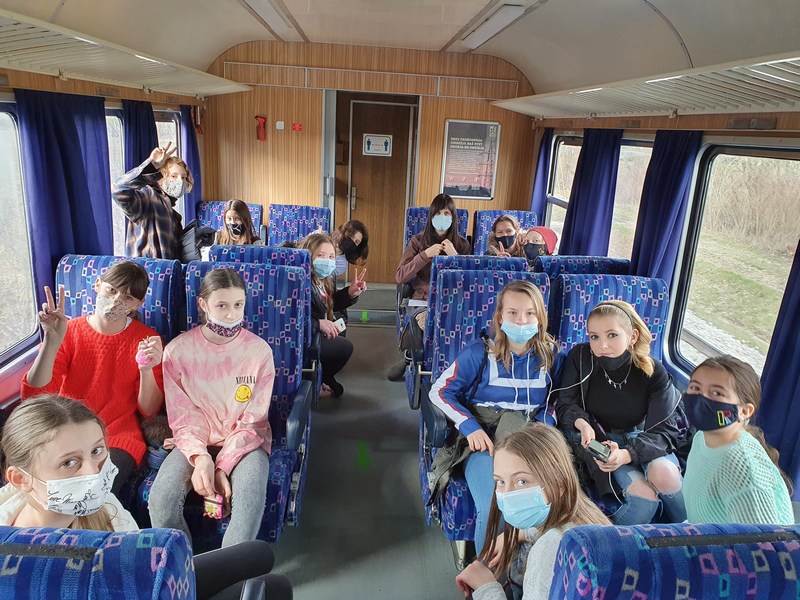
We were amazed at how many compositions can be found in the city. We often walk past them without noticing. This time, however, we took our time, enjoyed, and explored each piece individually.

After returning to school, the seventh-graders prepared a PPT and a short description of the work for fourth, fifth and sixth grade students. They also explained to them the task that awaited them. The activity was carried out during art classes.
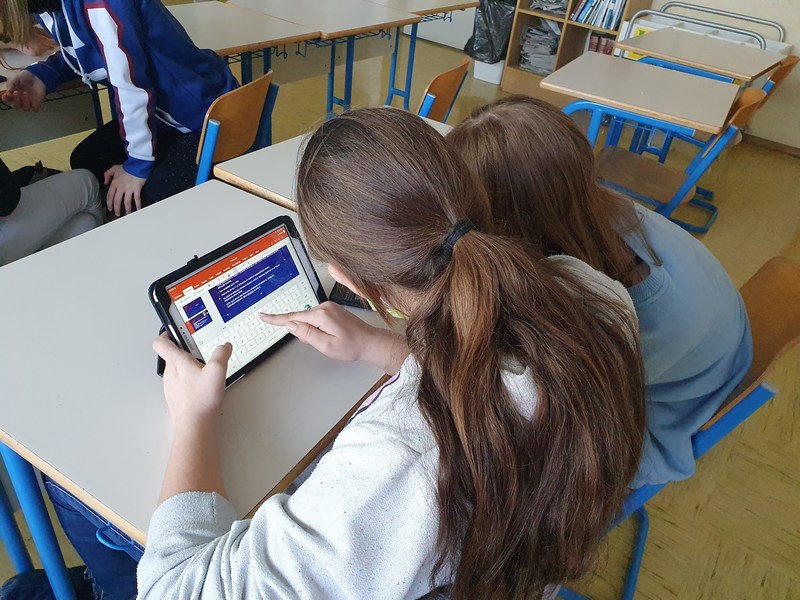
Students could also seek other works of art and sculptures, made by various Slovenian artists. By doing so they could use various sources – books, paintings in our school, old art calendars, internet pages…
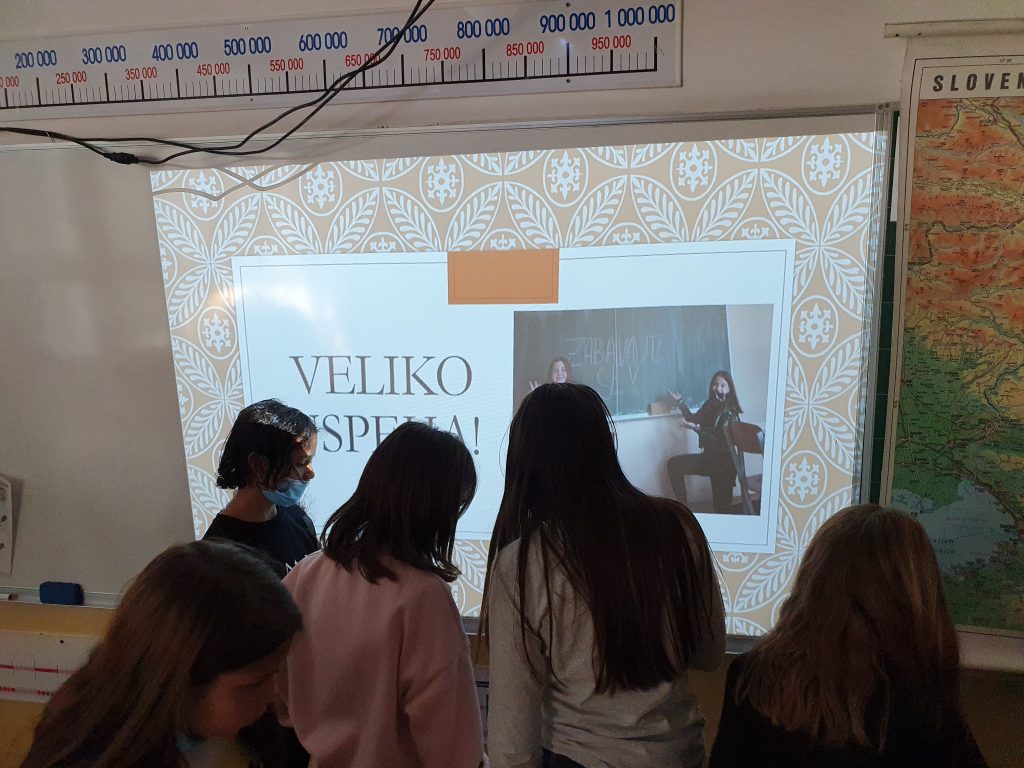
Each student chose the composition he liked the most. Then, looking at the photographs of the artwork, they tried to find out which art technique the artist used. Students had all the art supplies available.
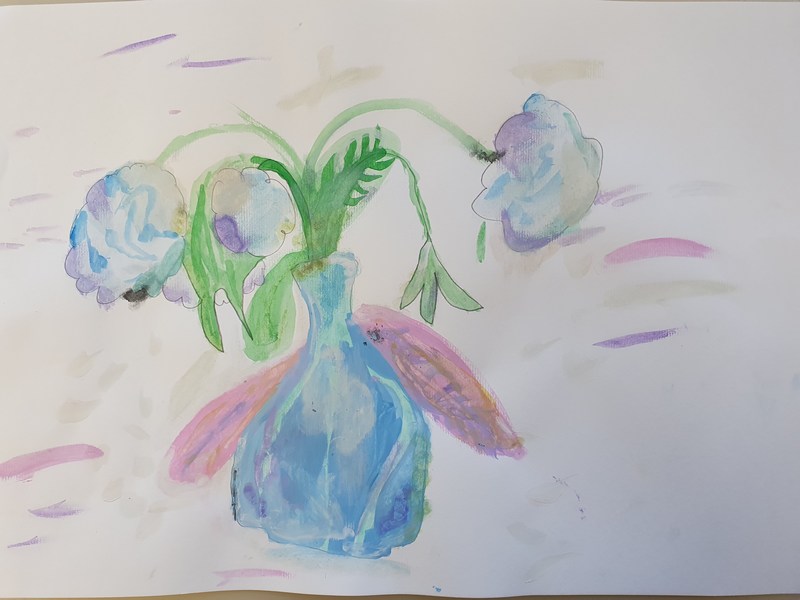
Teachers gathered around 80 students’ works of art and they should choose only 3 of all the submitted works to send to the Greece school.
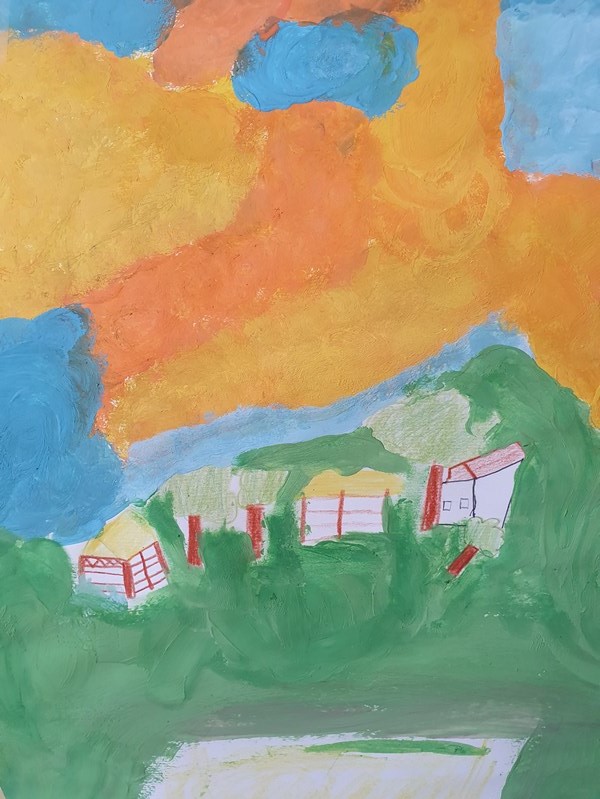
This was a difficult task, so we decided to send 4 products to Greece and allow Greek students to decide which three works to place on the calendar.
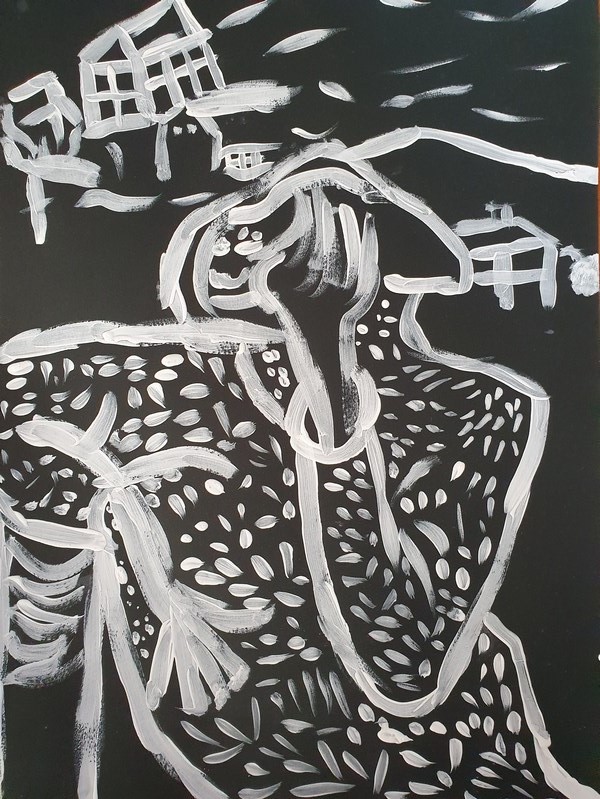
The Greek team made a selection and prepared a calendar. At the link, you can see a new international product, which was created by children as part of our project “Our Cultures – Our Treasures”.
All the students’ works were posted in our Erasmus+ corner.
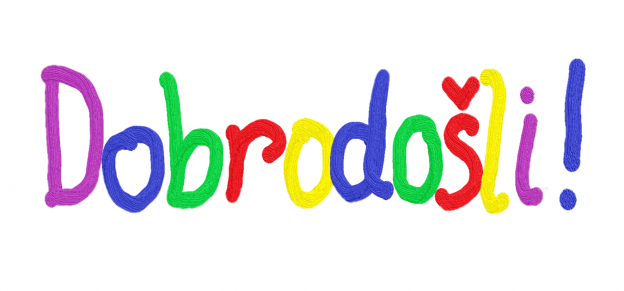
In the next week, teachers from the partner’s school will visit our country. We are all looking forward to seeing them.
For students, we will prepare some tasks. They will find them on eTwinning. All teachers are kindly asked to post photos of the activity on eTwinning and our projects’ page.
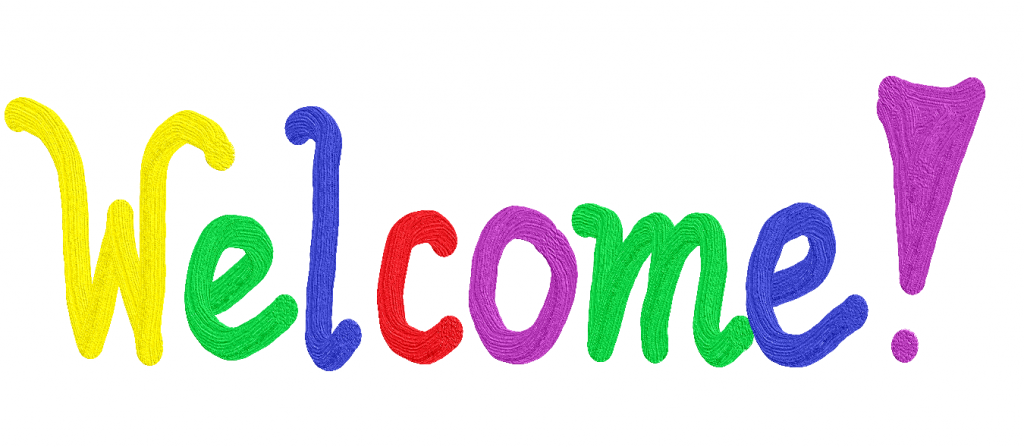
Some students of our school, under the metorship of an English teacher, prepared a Slovenian tourist guide.
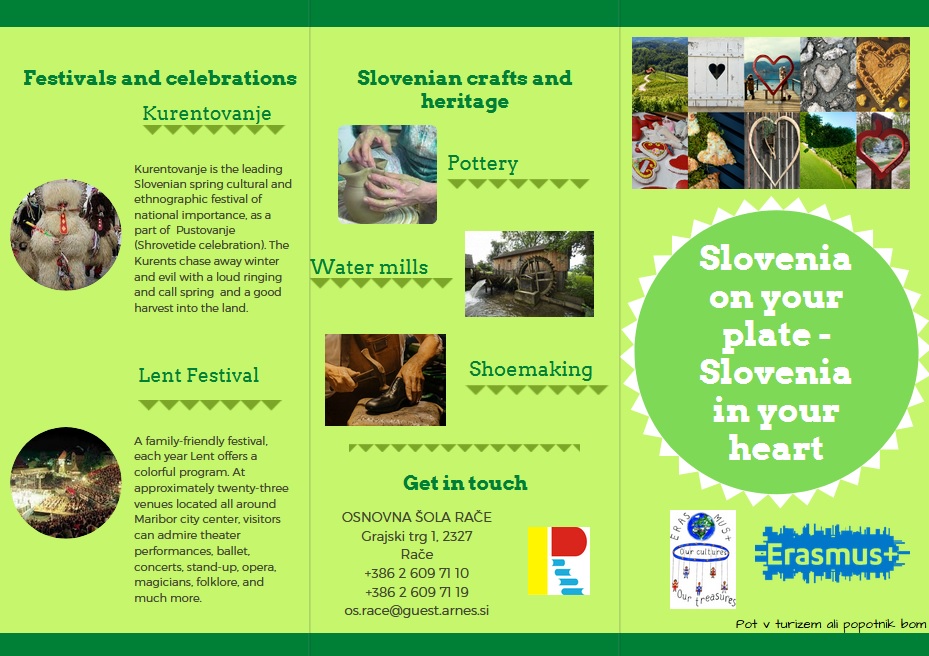
The brochure briefly presented selected traditional Slovenian crafts as part of cultural heritage, festivals, and celebrations, and highlighted pumpkin seed oil and potica as a culinary specialty of our place and region.
The brochure is available here in Slovene as well as in English.